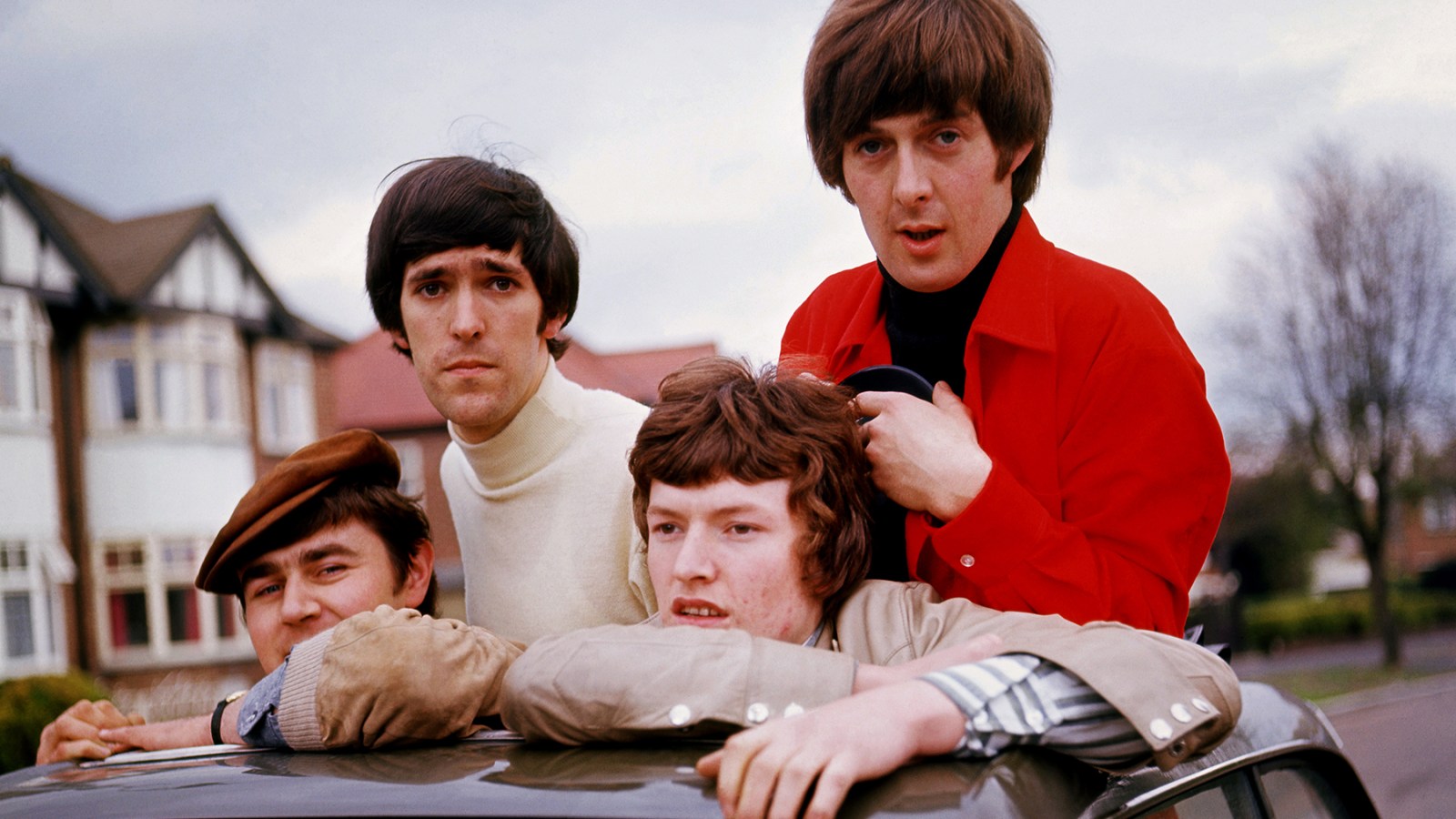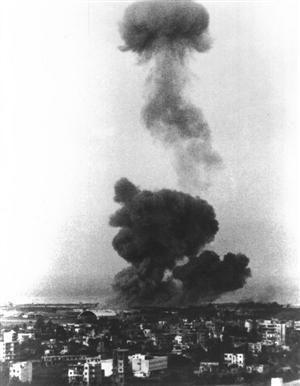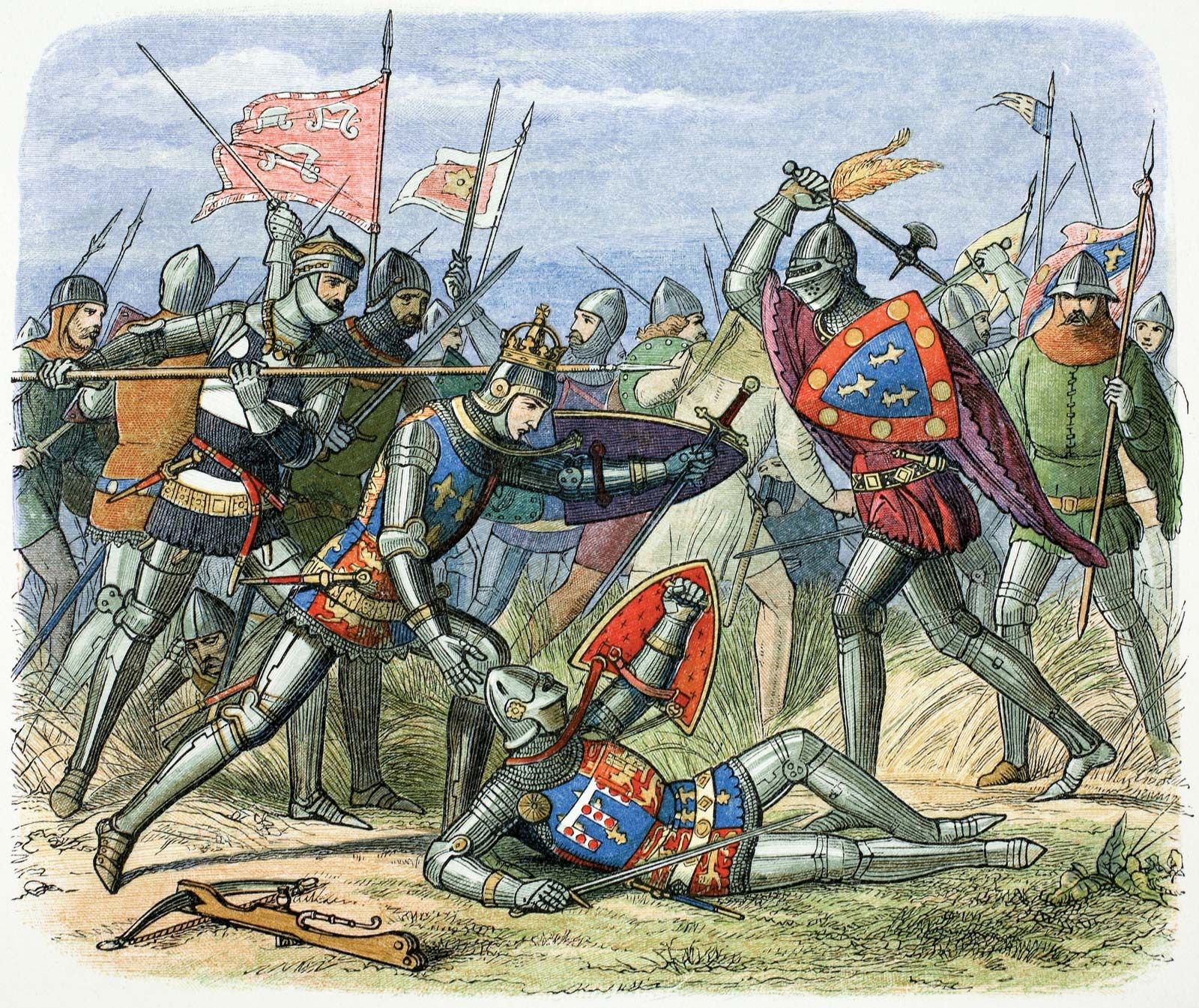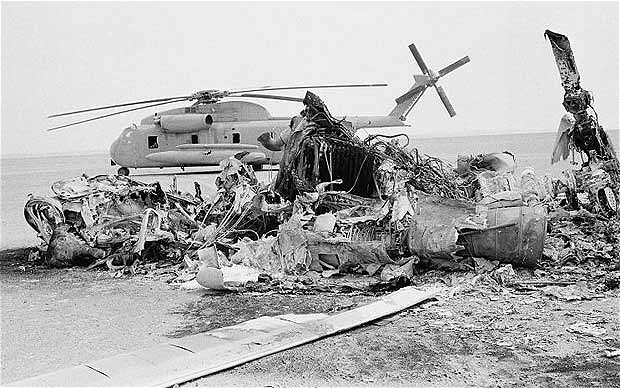 Battle of Agincourt, (October 25, 1415)
Battle of Agincourt, (October 25, 1415)
Two months before, Henry had crossed the English Channel with 11,000 men and laid siege to Harfleur in Normandy. After five weeks the town surrendered, but Henry lost half his men to disease and battle casualties. He decided to march his army northeast to Calais, where he would meet the English fleet and return to England. At Agincourt, however, a vast French army of 20,000 men stood in his path, greatly outnumbering the exhausted English archers, knights, and men-at-arms.
The battlefield lay on 1,000 yards of open recently plowed ground between two woods, which prevented large-scale maneuvers and thus worked to Henry’s advantage. At 11 a.m. on October 25, the battle commenced. The English stood their ground as French knights, weighed down by their heavy armor, began a slow advance across the muddy battlefield. The French were met by a furious bombardment of artillery from the English archers, who wielded innovative longbows with a range of 250 yards. French cavalrymen tried and failed to overwhelm the English positions, but the archers were protected by a line of pointed stakes. As more and more French knights made their way onto the crowded battlefield, their mobility decreased further, and some lacked even the room to raise their arms and strike a blow. At this point, Henry ordered his lightly equipped archers to rush forward with swords and axes, and the unencumbered Englishmen massacred the French.
Almost 6,000 Frenchmen lost their lives (the figures vary according to source, bb) during the Battle of Agincourt, while English deaths amounted to just over 400. Regardless, with odds greater than three to one, Henry had won one of the great victories of military history.
Most importantly, the battle was a significant military blow to France and paved the way for further English conquests and successes. The French nobility, weakened by the defeat and divided among themselves, were unable to meet new attacks with effective resistance. Henry managed to subjugate Normandy in 1419, a victory that was followed by the Treaty of Troyes in 1420, which betrothed Henry to King Charles VI’s daughter Catherine and named him heir to the French crown.
The Battle of Agincourt was immortalized by William Shakespeare in his play Henry V.
THE LONGBOW, defined as one over 4ft. in length, was probably first used by the Germans or Scandinavians in about 500AD. In about 1000AD it was being used in Wales but it is not known if it was developed there independently or if it was borrowed from other parts of Europe. Around 1300, during a skirmish with the Welsh, an English knight received a wound from an arrow that had penetrated his chain mail, passed through his thigh, the chain mail on the other side of his leg, a wooden saddle and wounded the horse. The English decided this was a weapon with real potential as lowly infantry could handle a weapon that could defeat the finest armor. Early tests showed that the longbow could fire an arrow with such force that it could penetrate a four inch oak door with a handspan of the arrow’s shaft exposed on the other side.
The first time it played a major role was at the Battle of Falkirk in 1298 when Edward I defeated William Wallace, largely due to a devastating hail of arrows from Welsh archers against the Scots.
English archers proved decisive against the French during the 100 Years War (1337-1453) at the battles of Crecy, Poitiers and Agincourt. Each of these major victories were won against far larger French armies.
The best longbows were made of yew. The staves were cut in winter when no sap was running, from the junction of the inner heartwood and the outer sapwood. The staves were seasoned and worked on gradually over a period of three to four years. Today only six longbows survive, none from the "golden age" and sources do not agree on the dimensions. Most give the length as about 70in. with a drawing pull of 75-100lbs. The arrows were between 27-36in. long. A trained archer could shoot 12 arrows a minute, but some sources say that the most skilled archers could fire twice this number. The arrow could wound at 250 yards, kill at 100 yards and penetrate armor at 60 yards.
At the battle of Agincourt in 1415, 1,000 arrows were fired every second. After the battle, observers wrote that the white feathers from the flights were so thick on the ground, it looked like snow.
The surviving examples of longbows look unfinished and it is probable that most of the bows had this appearance: the junction of the inner and outer woods would rarely be straight but this was not important. Interestingly English yew was not considered suitable to make bows and the staves were imported, largely from Italy and Spain. To ensure a regular supply, each ton of certain imports, including wine, had to be accompanied by 10 yew staves.
The French did not at first credit the major victories of the English to the longbow but to the other tactics, especially the use of the English knights fighting on foot. The French did start to train some infantry in the use of the longbow in the late 1300s but the king was most concerned about peasants having such powerful weapons and the idea was dropped.
The training adopted by the English was rigorous. All sports were banned on Sundays and men between 12 and 65 were expected to practice their archery. Every man with an income of over £2 a year was required to own a bow.
The longbow was the most powerful weapon in Europe from about 1300 to 1588. In that year, the Spanish Armada, aware of the English skill with the longbow, armed their troops with bows. The English however experimented by having 10,000 harquebusiers (early firearms) which proved superior. However, the longbow still had its supporters. After the Battle of Waterloo in 1815, a senior British officer seriously suggested the readoption of the longbow by the infantry
Classzone
www.classzone.com
The Battle of Agincourt (October 25, 1415), decisive battle in the Hundred Years’ War that resulted in the victory of the English over the French. The English army, led by King Henry V, achieved victory in spite of the numerical superiority of its opponent. Read more about the Battle of...

www.britannica.com



















